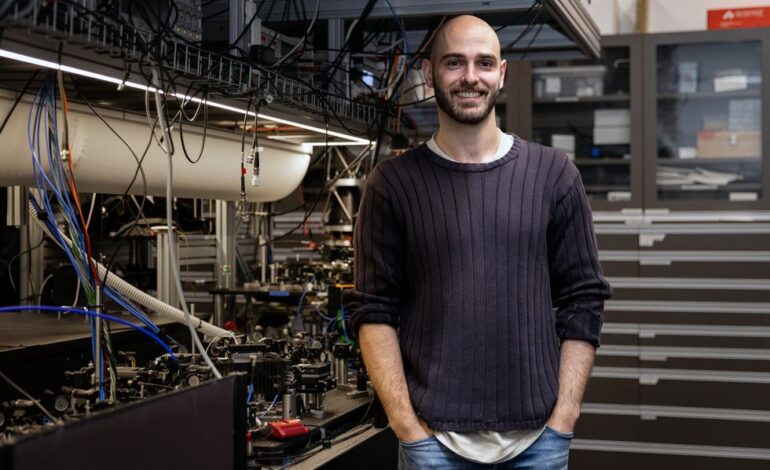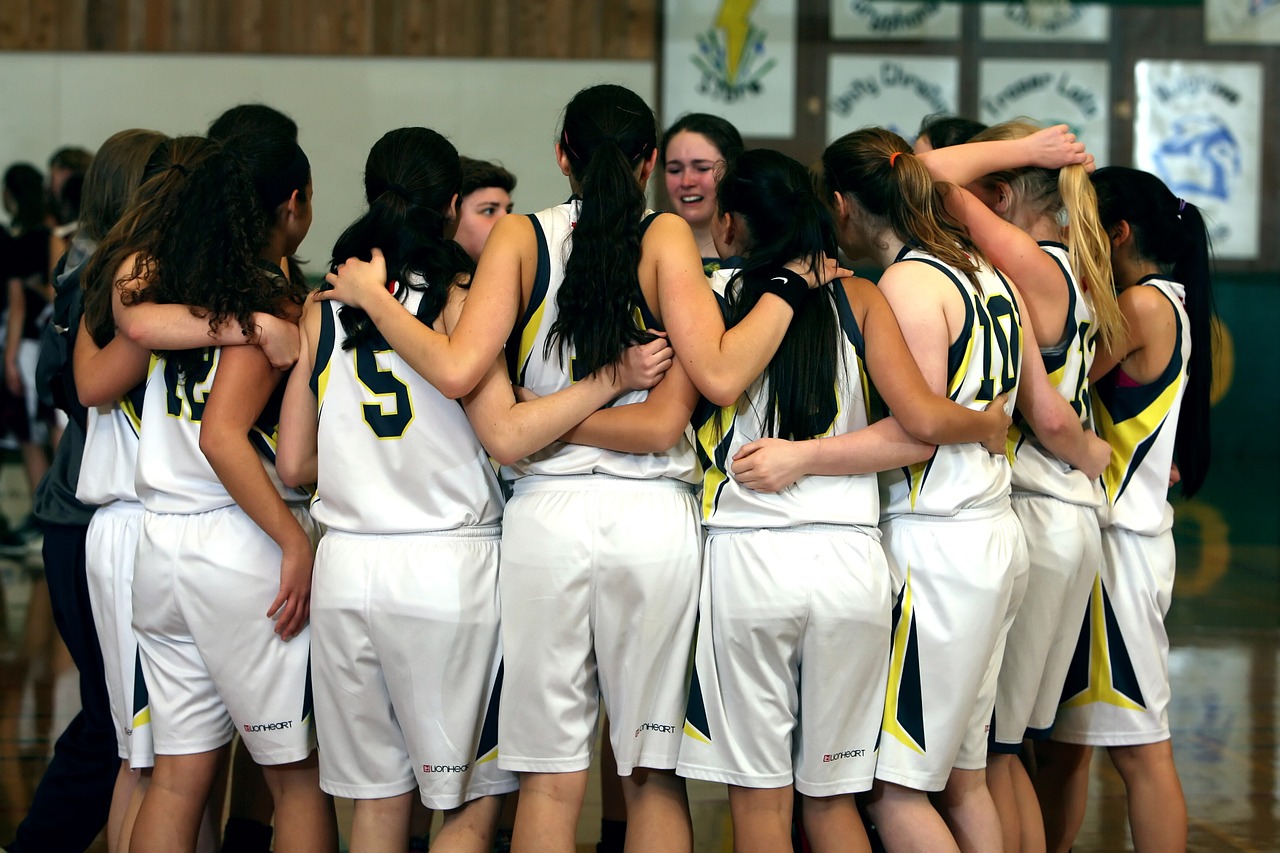Scientists Develop Quantum Sensors to Overcome Uncertainty Limits

A recent study has unveiled a breakthrough in quantum physics, potentially transforming the field of quantum sensing. Researchers have discovered a method to navigate around the Heisenberg Uncertainty Principle, which traditionally limits the simultaneous measurement of a particle’s position and momentum. This advancement could pave the way for next-generation quantum sensors capable of unprecedented precision in these measurements.
Tingrei Tan, a research fellow at the University of Sydney Nano Institute, emphasizes the significance of this research: “We take it for granted that the Heisenberg uncertainty principle is a fundamental law that cannot be broken. I want to be clear that we have not broken the Heisenberg uncertainty principle. But in certain cases, we can get around it.”
New Approaches to Quantum Measurement
The Heisenberg Uncertainty Principle posits that the more accurately one determines the position of a particle, the less accurately its momentum can be known, and vice versa. In the new research, published on September 24, 2023, in the journal Science Advances, Tan and his team have identified a method to make a trade-off that enhances the precision of these measurements within a specific range while increasing the uncertainty outside that range.
In practical terms, this approach allows for a fine-tuned focus on measurements at an atomic scale, which is particularly relevant for applications where precision is critical. Tan illustrates the concept using the analogy of a magnifying glass, stating, “You care about what you want to focus on under the lens, not around it.”
Previously, researchers have exploited similar uncertainties in quantum physics to minimize errors in one variable while accepting increased uncertainty in another. For instance, in quantum computing, qubits can be designed to resist certain errors while becoming more vulnerable to others. This allows for simplified designs and improved functionality in quantum systems.
Innovative Techniques from Quantum Computing
The experiment at the University of Sydney involved a single ytterbium ion, which was precisely controlled using electric and magnetic fields. The researchers generated specific patterns of vibrations known as Gottesman-Kitaev-Preskill (GKP) states. These states have been the focus of quantum error correction strategies, and the team found that by preparing these grid states, they could measure both the position and momentum of the ion with precision exceeding the traditional quantum limit.
Dr. Tan noted, “We are borrowing techniques from quantum error correction to do quantum sensing.” This innovative combination of methods demonstrates the potential for addressing previously accepted limitations in measurement. One significant application of this research is in spectroscopy, a technique essential for analyzing atoms or molecules based on the wavelengths of light they absorb or reflect. Such advancements could have far-reaching implications in fields ranging from medical research to navigation in GPS-denied environments and even in the search for dark matter.
In summary, this research opens up new avenues for precision measurements, challenging the long-held belief that certain pairs of variables cannot be measured simultaneously with high accuracy. The findings not only enhance our understanding of quantum mechanics but also provide a practical framework for future advancements in quantum sensing technologies.






